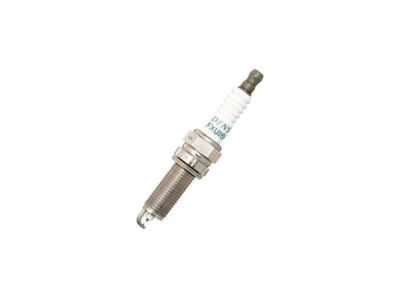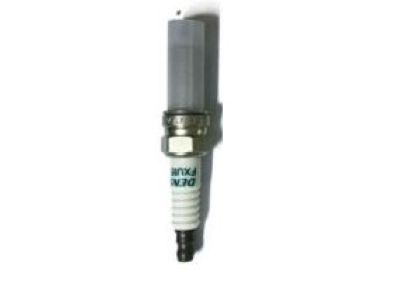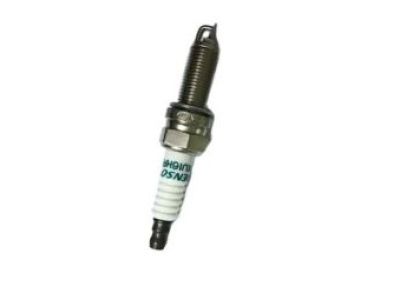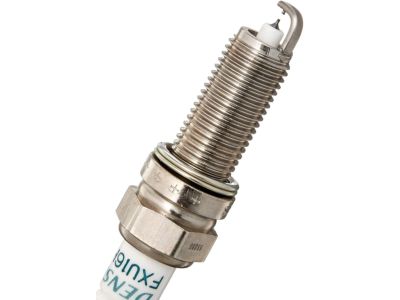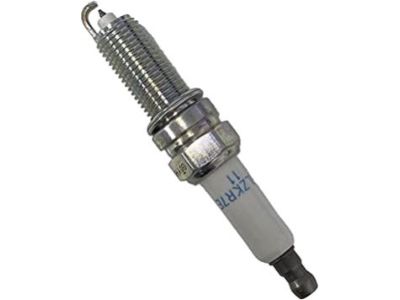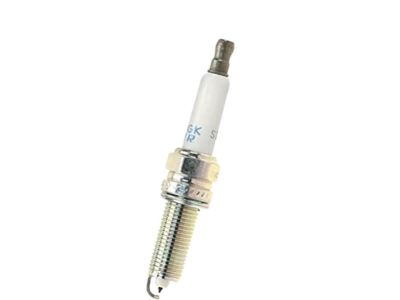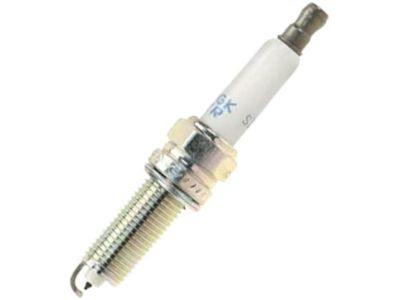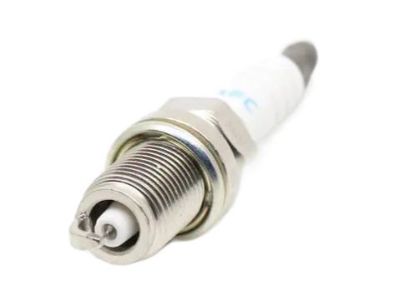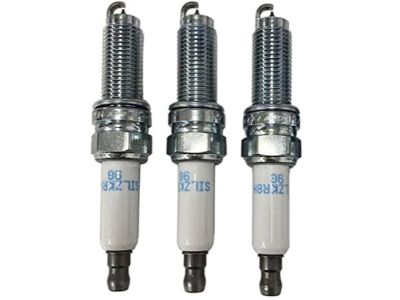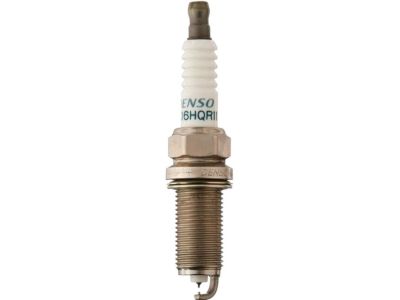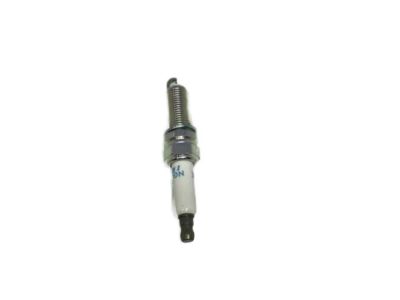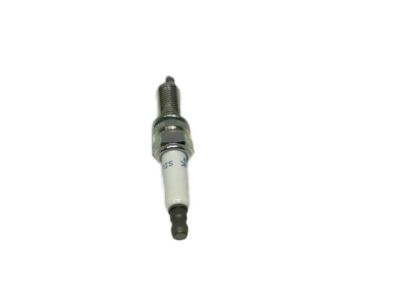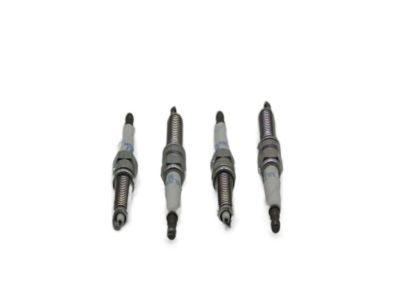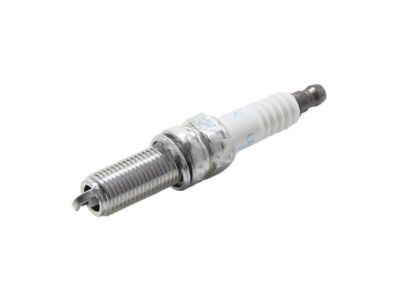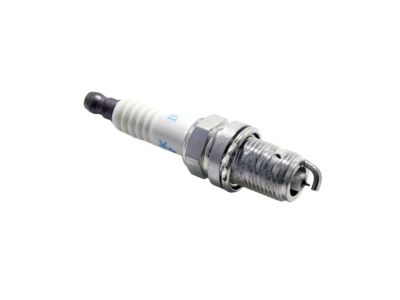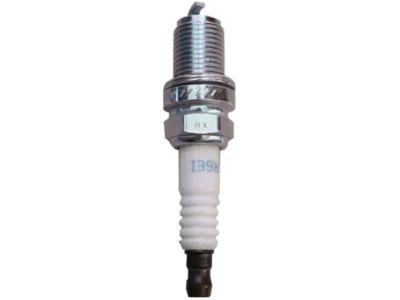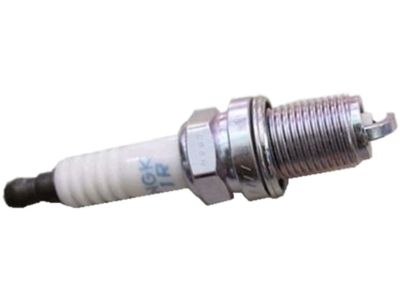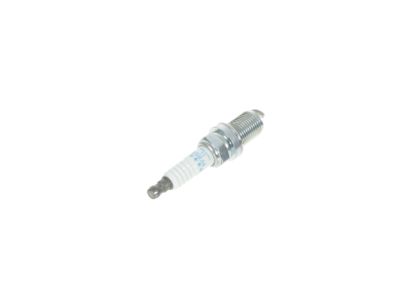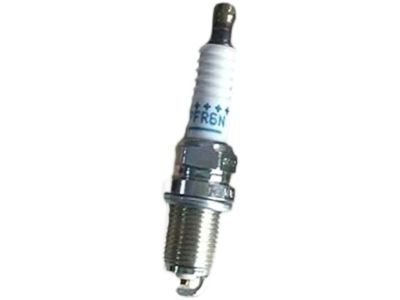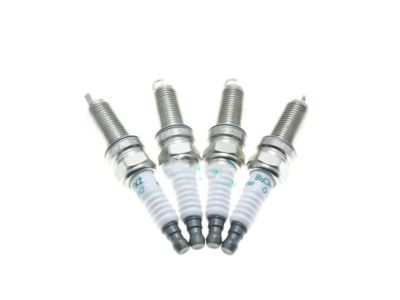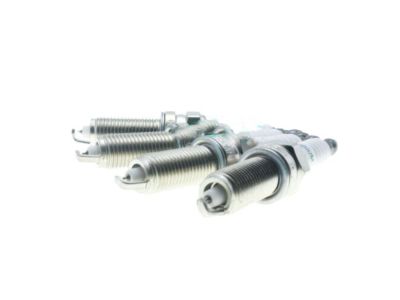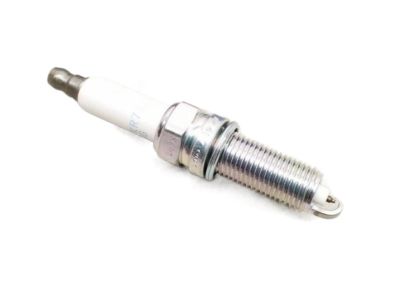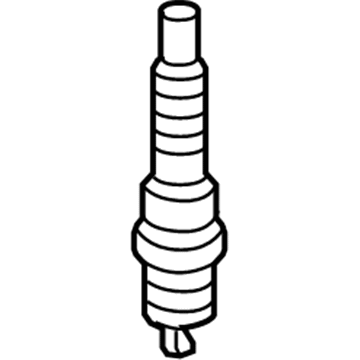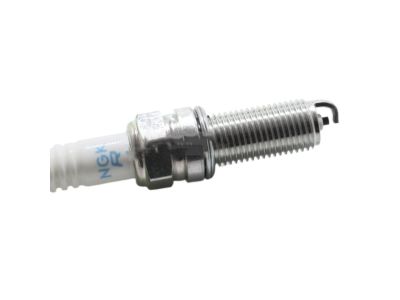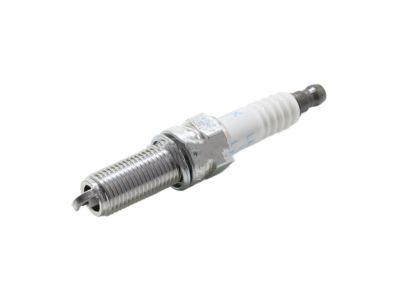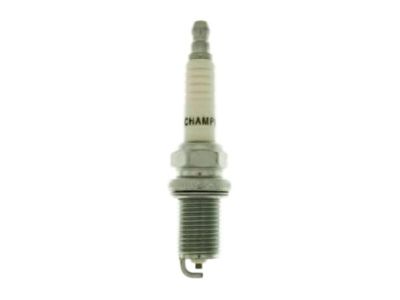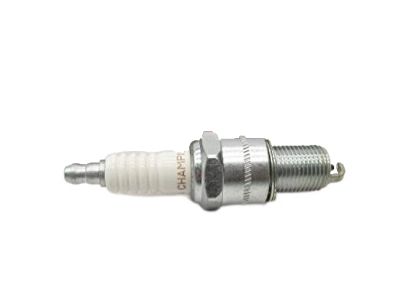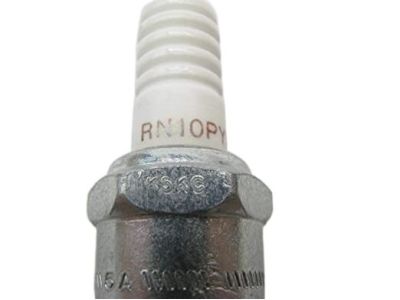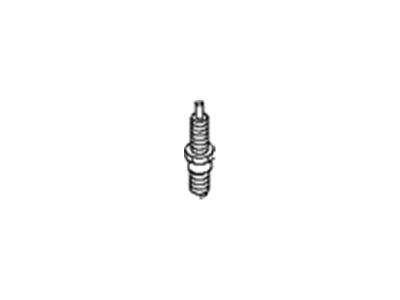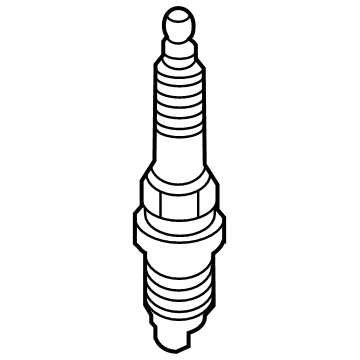×
- Hello
- Login or Register
- Quick Links
- Live Chat
- Track Order
- Parts Availability
- RMA
- Help Center
- Contact Us
- Shop for
- Hyundai Parts
- Hyundai Accessories


My Garage
My Account
Cart
Genuine Hyundai Sonata Spark Plug
Ignition Spark Plug- Select Vehicle by Model
- Select Vehicle by VIN
Select Vehicle by Model
orMake
Model
Year
Select Vehicle by VIN
For the most accurate results, select vehicle by your VIN (Vehicle Identification Number).
24 Spark Plugs found

Hyundai Sonata Spark Plug Assembly
Part Number: 18847-11160$26.08 MSRP: $36.32You Save: $10.24 (29%)Ships in 1-3 Business Days
Hyundai Sonata Plug Assembly-Spark
Part Number: 18849-11070$24.56 MSRP: $34.20You Save: $9.64 (29%)Ships in 1-3 Business Days
Hyundai Sonata Spark Plug Assembly
Part Number: 18849-08080$31.89 MSRP: $44.41You Save: $12.52 (29%)Ships in 1-2 Business Days
Hyundai Sonata Plug Assembly-Spark
Part Number: 18857-09085$26.08 MSRP: $36.32You Save: $10.24 (29%)Ships in 1-2 Business Days
Hyundai Sonata Plug Assembly-Spark
Part Number: 18845-11160$21.65 MSRP: $27.98You Save: $6.33 (23%)Ships in 1-2 Business Days
Hyundai Sonata Plug Assembly-Spark
Part Number: 18849-09085$36.81 MSRP: $51.27You Save: $14.46 (29%)Ships in 1-2 Business Days
Hyundai Sonata Plug Assembly-Spark
Part Number: 27410-23700$21.65 MSRP: $27.98You Save: $6.33 (23%)Ships in 1-3 Business Days
Hyundai Sonata Plug Assembly-Spark
Part Number: 27410-37100$21.65 MSRP: $27.98You Save: $6.33 (23%)Ships in 1-2 Business Days
Hyundai Sonata Plug Assembly-Spark
Part Number: 18817-11051$19.69 MSRP: $25.46You Save: $5.77 (23%)Ships in 1-3 Business Days
Hyundai Sonata Plug Assembly-Spark
Part Number: 18847-08200$36.81 MSRP: $51.27You Save: $14.46 (29%)
Hyundai Sonata Plug Assembly-Spark
Part Number: 27410-25000$19.69 MSRP: $25.46You Save: $5.77 (23%)Ships in 1-3 Business Days
Hyundai Sonata Plug Assembly-Spark
Part Number: 18849-09075$36.81 MSRP: $51.27You Save: $14.46 (29%)Ships in 1-3 Business Days
Hyundai Sonata Plug Assembly-Spark
Part Number: 18847-08220$36.81 MSRP: $51.27You Save: $14.46 (29%)Ships in 1-3 Business Days
Hyundai Sonata Plug Assembly-Spark
Part Number: 18811-11061$3.08 MSRP: $3.98You Save: $0.90 (23%)Ships in 1-3 Business Days
Hyundai Sonata Plug Assembly-Spark
Part Number: 18825-11101$14.33 MSRP: $18.52You Save: $4.19 (23%)Ships in 1-3 Business DaysHyundai Sonata Plug Assembly-Spark
Part Number: 18875-08085$27.57 MSRP: $38.40You Save: $10.83 (29%)Ships in 1-3 Business DaysHyundai Sonata Plug-Spark
Part Number: 18871-11070$25.17 MSRP: $35.07You Save: $9.90 (29%)Ships in 1-3 Business DaysHyundai Sonata Plug Assembly-Spark
Part Number: 18826-11101$21.65 MSRP: $27.98You Save: $6.33 (23%)Ships in 1-3 Business DaysHyundai Sonata Plug Assembly-Spark
Part Number: 18849-08072$34.67 MSRP: $48.30You Save: $13.63 (29%)Ships in 1-3 Business DaysHyundai Sonata Plug Assembly-Spark
Part Number: 18875-09085$27.57 MSRP: $38.40You Save: $10.83 (29%)Ships in 1-3 Business Days
| Page 1 of 2 |Next >
1-20 of 24 Results
Hyundai Sonata Spark Plug
If you are looking for affordable high-quality OEM Hyundai Sonata Spark Plug, then you have come to the prime place. Our website provides a large amount of genuine Hyundai Sonata Spark Plug at unbeatable prices. All our parts come backed with the manufacturer's warranty.
Hyundai Sonata Spark Plug Parts Questions & Experts Answers
- Q: What are the guidelines for replacing spark plugs on Hyundai Sonata?A:Specific guidelines should be followed when replacing spark plugs to ensure that they are installed properly. Do not attempt to regulate the gap on platinum or iridium spark plugs since it could cause harm to its electrodes plating. These spark plugs come with pre-gapped. To replace them, you will need a spark plug socket with a rubber grommet on there so you do not chip the ceramic insulator and so you can hold onto the plug as you lower it down into the hole. When buying new ones, ensure they correspond to your vehicle's specification by referring to Specifications Section, Vehicle Emissions Control Information (VECI) label under hood or owner's manual. Avoid defective ones including those having cracks in their porcelain insulators. Take off engine covers and move hoses/components blocking access. Sometimes on V6 engines, the upper intake manifold must be taken off for rear spark plug access purposes. Just gently pull wires from old-style plug wires attached to them and unplug coil wiring first then unbolt/remove each coil if it has a coil directly over the top of the spark plug for new-style coils with rubber boots serve as connectors between each coil and its respective plug well blow dirt away using compressed air if available, remove a The Old Spark Plug Using The Correct Socket And Extension Compare old plugs against one another; this may give insight into overall engine performance condition; apply anti-seize compound only until all threads are covered; use an appropriately sized soft rubber tubing for threading; tighten according to torque specifications; reattach all cables securely after connecting wire connections done properly; put back what was removed during servicing earlier.
Related Hyundai Sonata Parts
Browse by Year
2023 Spark Plug 2022 Spark Plug 2021 Spark Plug 2020 Spark Plug 2019 Spark Plug 2018 Spark Plug 2017 Spark Plug 2016 Spark Plug 2015 Spark Plug 2014 Spark Plug 2013 Spark Plug 2012 Spark Plug 2011 Spark Plug 2010 Spark Plug 2009 Spark Plug 2008 Spark Plug 2007 Spark Plug 2006 Spark Plug 2005 Spark Plug 2004 Spark Plug 2003 Spark Plug 2002 Spark Plug 2001 Spark Plug 2000 Spark Plug 1999 Spark Plug 1998 Spark Plug 1997 Spark Plug 1996 Spark Plug 1995 Spark Plug 1994 Spark Plug 1993 Spark Plug 1992 Spark Plug 1991 Spark Plug 1990 Spark Plug 1989 Spark Plug 1988 Spark Plug
